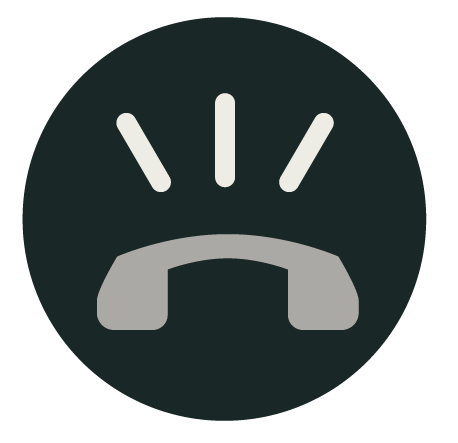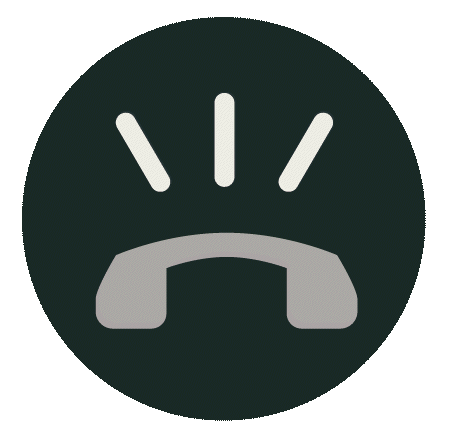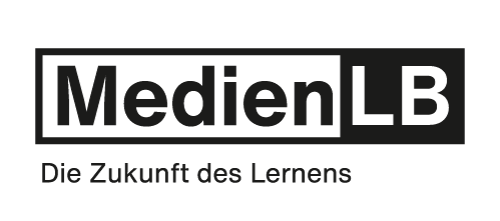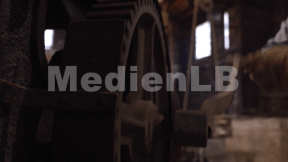 Media Education, Society, Training of Teachers
Media Education, Society, Training of Teachers
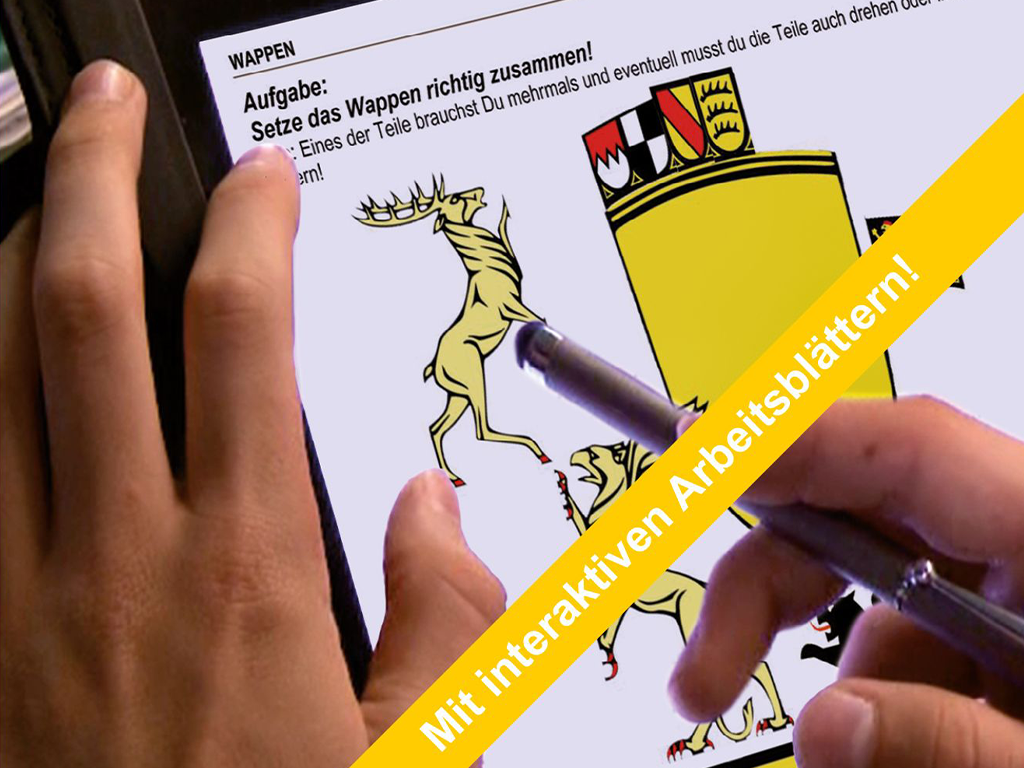

4668265 / 5559756
Mobile Learning I
iPads
Increasing mobility is a dominant characteristic of the present age. Here the school just follows a general social trend. But with growing mobility not only new devices are coming to the fore but also new concepts of learning are being developed as well as new ways of cooperation between pupils and pupils and pupils and teachers. By now the iPad has established itself as one of the most frequently used mobile learning devices. Is that an irrational hype or does the iPad really mark a turning in mobile learning? The various possibilities of interaction are a particular strength of the mobile device. Because of the huge amount of technical potentialities mobile learning tools such as the iPad will certainly have a lasting impact on future instruction and will change it considerably. Moreover, the new technology also offers the chance to reconsider contents and methods of teaching and learning and redefine them. Implemented with reason, the iPad will provide a creative and positive effect on education and schools.
Play trailer
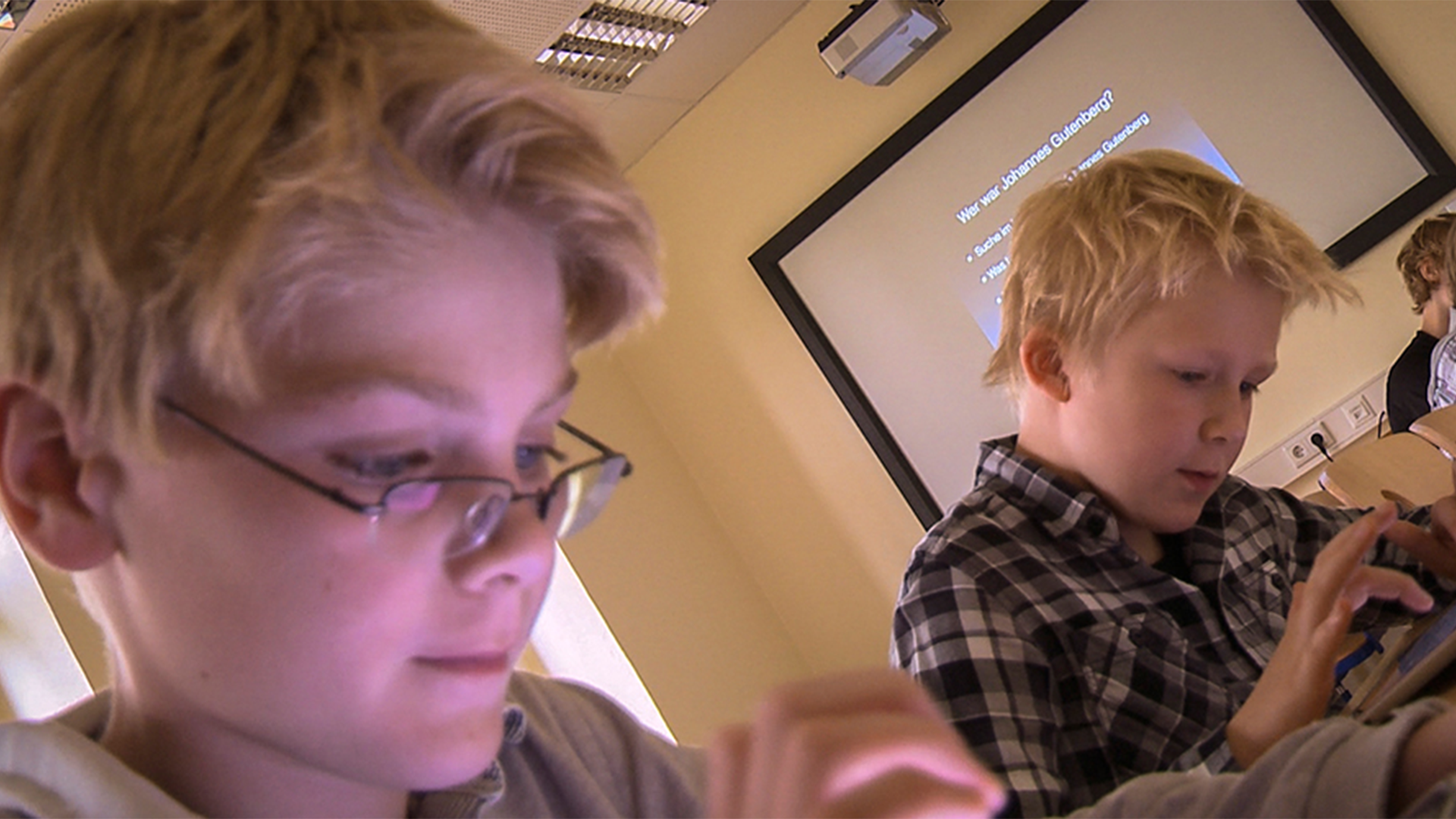
Curriculum-centred and oriented towards educational standards
Matching
Seal of approval
Quality seals such as the "Bio-Siegel", "Blauer Engel", "Stiftung Warentest" and up to 1,000 other seals represent characteristics such as sustainability, health or safety with regard to a product, a service or even a company.
Product Piracy
Counterfeiting takes place in almost all economic sectors – textiles, watches, car parts, machine parts, tools, accessories, software and medicines. Some counterfeits are easy to recognise, others are so well-executed that even experts have difficulty distinguishing between original and imitation. This DVD covers the development of a product from idea to manufacture. Once a product has become a trademark, product pirates appear on the scene.
Youth Movement
Dancing until your feet hurt: Here, at the meeting on the Hoher Meissner near Kassel, 3,500 participants from Boy Scout associations, youth and Wandervogel groups from all over the German-speaking region have gathered. They want to celebrate, simply get to know each other and commemorate a historic anniversary.
